What is the tolerance range of precision screws?
What is the tolerance range of precision screws?
Service Hotline
+86760-8787 8587We have more than ten years of experience in screw industry production, the main products are: round decorative hollow gasket, 316 screw, countersunk head flat machine bolt, spring washer standard GB93-89, 304 stainless steel, top implosion screw, hexagonal cap nut, hardened 45# steel nut, high-precision knurled nut, 10.9 round head socket head cap screw, A-grade stainless steel screw, hand percussion rivet, copper air eye button rivet, pull rivet, right-angle anchor bolt, round aluminum column FPV Fasteners such as long nuts for racks have different prices due to different product materials and specifications. Please contact us if you need them.


Pre-embedded copper nuts with straight pattern/twill pattern/herringbone embossing and other various anti-skid patterns can be completed at one time by automatic lathes. More complex copper nuts are processed by forming knives and table turning/tapping. Many products processed after machining are relatively simple reticulated copper nuts and straight-grained copper nuts, which are made of C3604 easy-turning brass. The surface pattern is directly drawn from the original bar, and the pattern is full and the tooth peak and bottom are clearly visible. Injection molding into plastic parts Afterwards, it can bear more high torque.
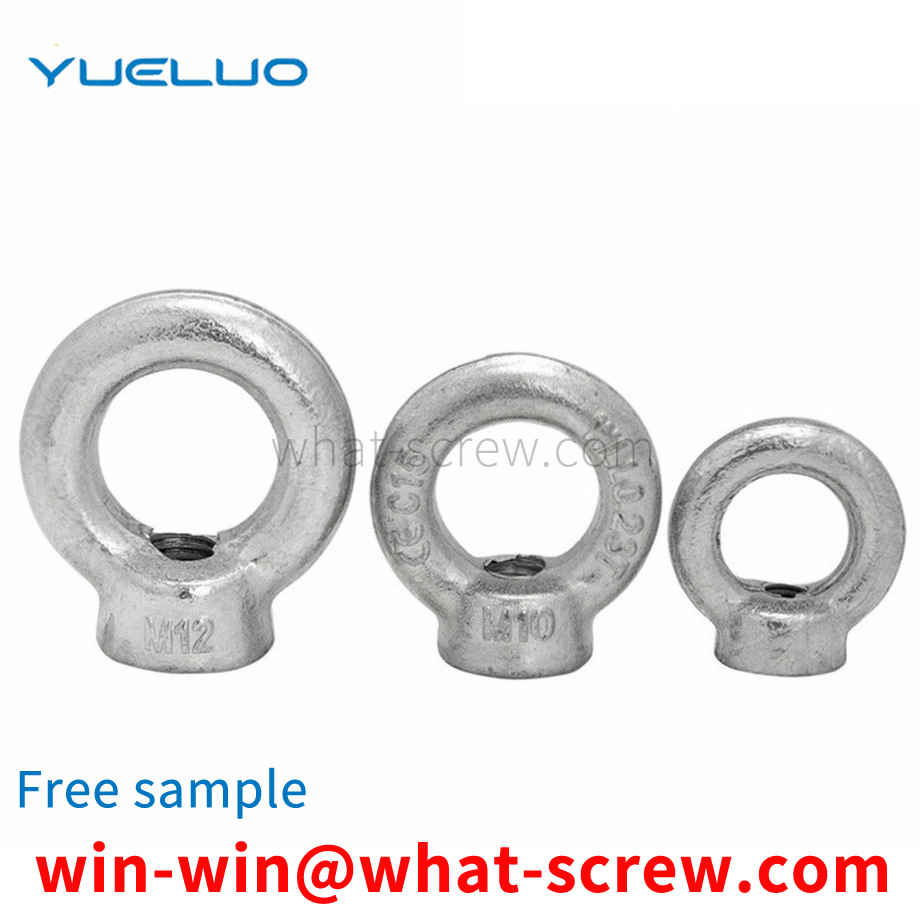
Bolt: A type of fastener consisting of a head and a screw (a cylinder with an external thread), which needs to be matched with a nut to fasten and connect two parts with through holes. This form of connection is called a bolted connection. If the nut is unscrewed from the bolt, the two parts can be separated, so the bolt connection is a detachable connection. [1] Stud: A type of fastener that has no head and only has external threads on both ends. When connecting, one end of it must be screwed into the part with the internal threaded hole, the other end must pass through the part with the through hole, and then the nut must be screwed on, even if the two parts are tightly connected as a whole. This form of connection is called a stud connection, which is also a detachable connection. It is mainly used for occasions where one of the connected parts is thick, requires a compact structure, or is not suitable for bolt connection due to frequent disassembly. [1] Screw: It is also a type of fastener consisting of a head and a screw. It can be divided into three categories according to the purpose: machine screws, set screws and special-purpose screws. Machine screws are mainly used for a fastened connection between a part with a fixed threaded hole and a part with a through hole, without the need for nut matching (this connection form is called screw connection, which is also a detachable connection; it can also be Cooperate with the nut, it is used for the fast connection between two parts with through holes.) The set screw is mainly used to fix the relative position between the two parts. Special purpose screws, such as eyebolts, are used for hoisting parts. [1] Nuts: with internal threaded holes, generally in the shape of a flat hexagonal column, but also in a flat square column or flat cylindrical shape, with bolts, studs or machine screws, used to fasten and connect two parts, make it a whole. [1] 5. Self-tapping screw: Similar to machine screw, but the thread on the screw is a special thread for self-tapping screw. It is used to fasten and connect two thin metal components to make them a whole. Small holes need to be made in advance on the components. Due to the high hardness of this kind of screw, it can be directly screwed into the hole of the component, so that the Forming a corresponding internal thread [1] 6. Wood screw: It is also similar to a machine screw, but the thread on the screw is a special thread for wood screws, which can be directly screwed into wooden components (or parts) to connect a band through The metal (or non-metallic) part of the hole is fastened to a wooden member. This connection is also a detachable connection. [1] 7. Washers: A type of fastener with an oblate annular shape. It is placed between the supporting surface of the bolt, screw or nut and the surface of the connecting part, which increases the contact surface area of the connected parts, reduces the pressure per unit area and protects the surface of the connected parts from damage; another type of elastic washer, It can also play a role in preventing the nut from loosening. [1] 8. Retaining ring: It is installed in the shaft groove or shaft hole groove of the machine and equipment, and plays the role of preventing the parts on the shaft or the hole from moving left and right. [1] 9. Pins: mainly used for positioning the left and right parts, and some are also used for connecting parts, fixing parts, transmitting power or locking fasteners. [1] 10. Rivet: A type of fastener consisting of a head and a shank, which is used to fasten and connect two parts (or components) with holes to make them a whole. This form of connection is called rivet connection, or riveting for short. It is a non-removable link. Because if the two parts joined together are separated, the rivets on the parts must be broken. [1] 11. Components and connection pairs: Assemblies are a type of fasteners supplied in combination, such as a combination of a certain machine screw (or bolt, self-supplied screw) and a flat washer (or spring washer, lock washer); Connection pair refers to a type of fastener that is supplied by a combination of special bolts, nuts and washers, such as high-strength hexagon head bolt connection pairs for steel structures. [1] 12. Welding nail: a heterogeneous fastener composed of a nail rod and a nail head (or no nail head), which is fixed to a part (or component) by welding, so as to be connected with other parts. .
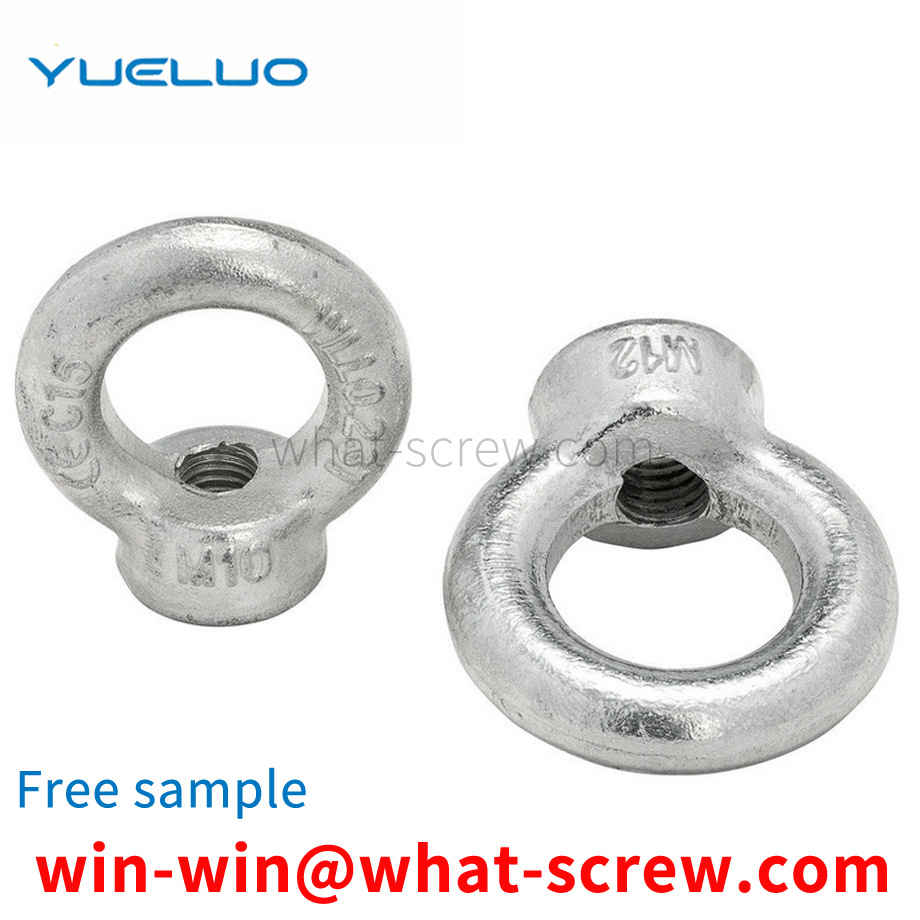
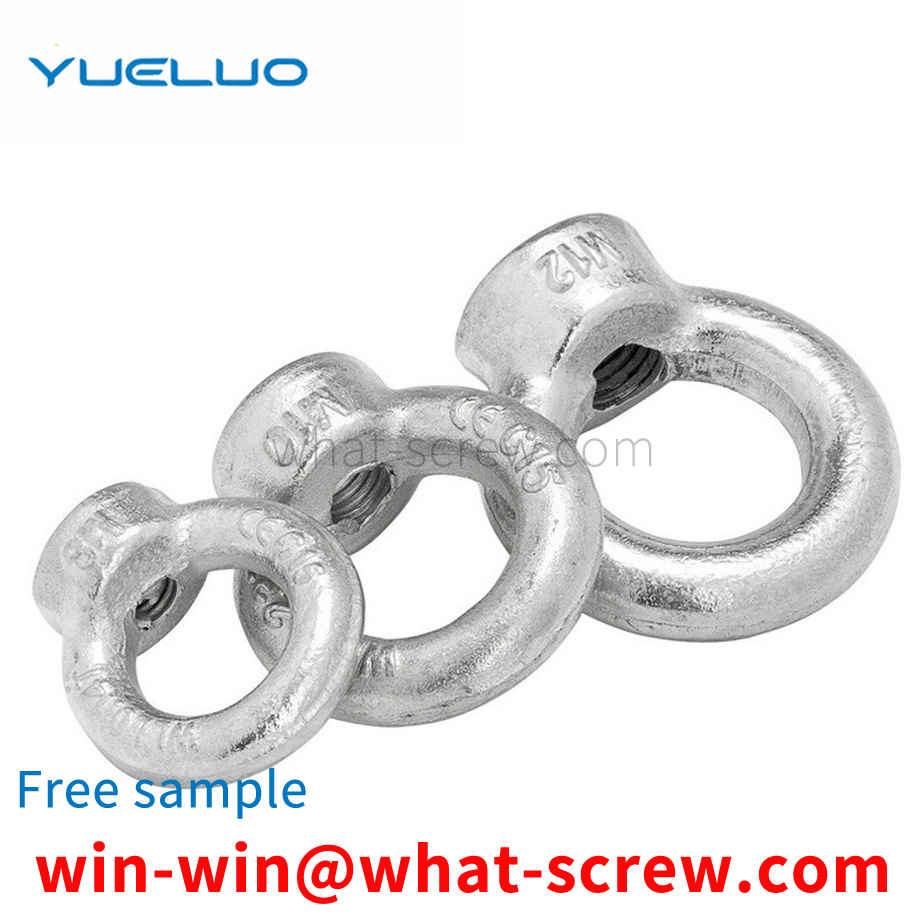
Generally, the countersunk head is used in places where the surface is required to be smooth without protrusions, because the countersunk head can be screwed into the part. Round heads can also be screwed into parts. The tightening force of the square head can be larger, but the size is large. In addition, in order to meet the needs of locking after installation, there are holes in the head and holes in the rod. These holes can prevent the bolts from loosening when they are vibrated. Some bolts without threads should be made thin, called thin-waisted bolts. This kind of bolt is beneficial to the connection under variable force. There are special high-strength bolts on the steel structure, the head will be larger, and the size will also change. In addition, there are special uses: for T-slot bolts, which are most used on machine tool fixtures, with special shapes, and both sides of the head should be cut off. Anchor bolts, used for machine and ground connection and fixing, come in many shapes. U-bolts, as previously described. and many more. There are also special studs for welding. One end has a thread and the other end is not. It can be welded to the part, and the other side can directly screw the nut.
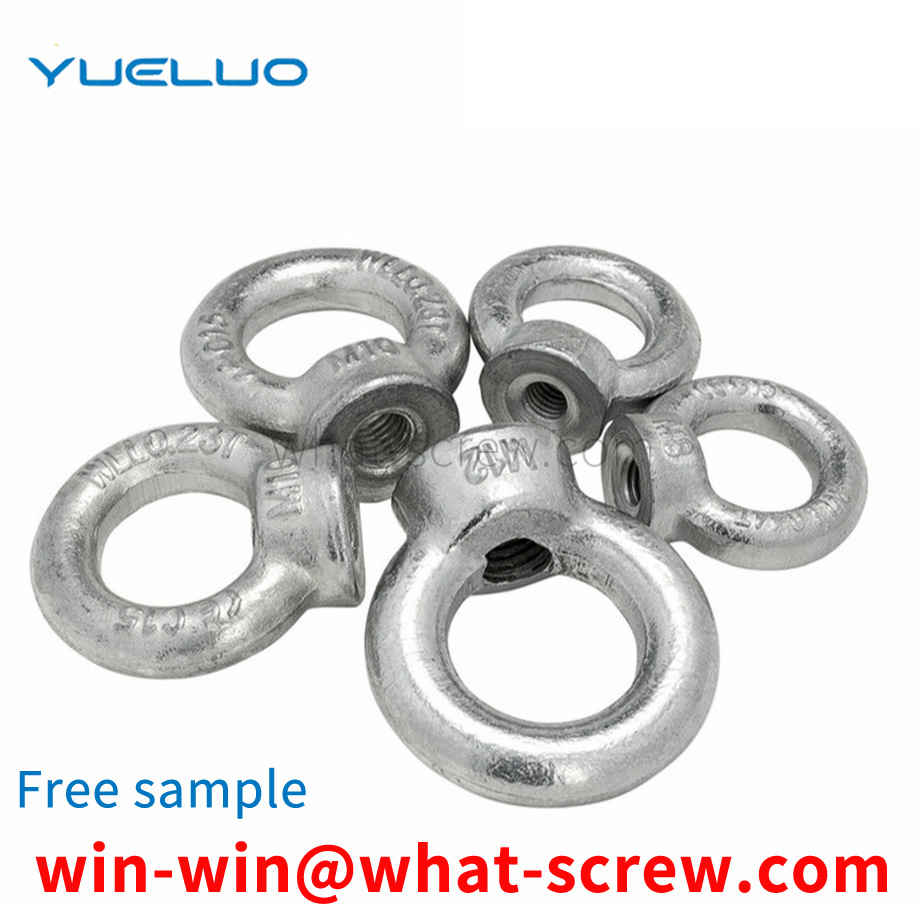
Usually, the car wheel is fixed on the axle sleeve with positioning pins and pins, and the tire hub and the sleeve are fastened on the axle with locking nuts, lock washers, and adjusting nuts. This structure can operate normally within a certain period of time when the vehicle speed is low and the vibration is small. However, when the car runs for a long time, especially when the road surface is uneven and the load changes sharply, the axle sleeve bears a great impact. Once the shear force generated is too large, the pin will break, and the nut will be loosened. Affected, the wheel and hub will be loose. If the maintenance is not timely, or the driver is inexperienced, the car will have an accident in which the tire falls off with the wheel hub. This is extremely dangerous. So people are looking for ways to prevent wheels and hubs from falling off
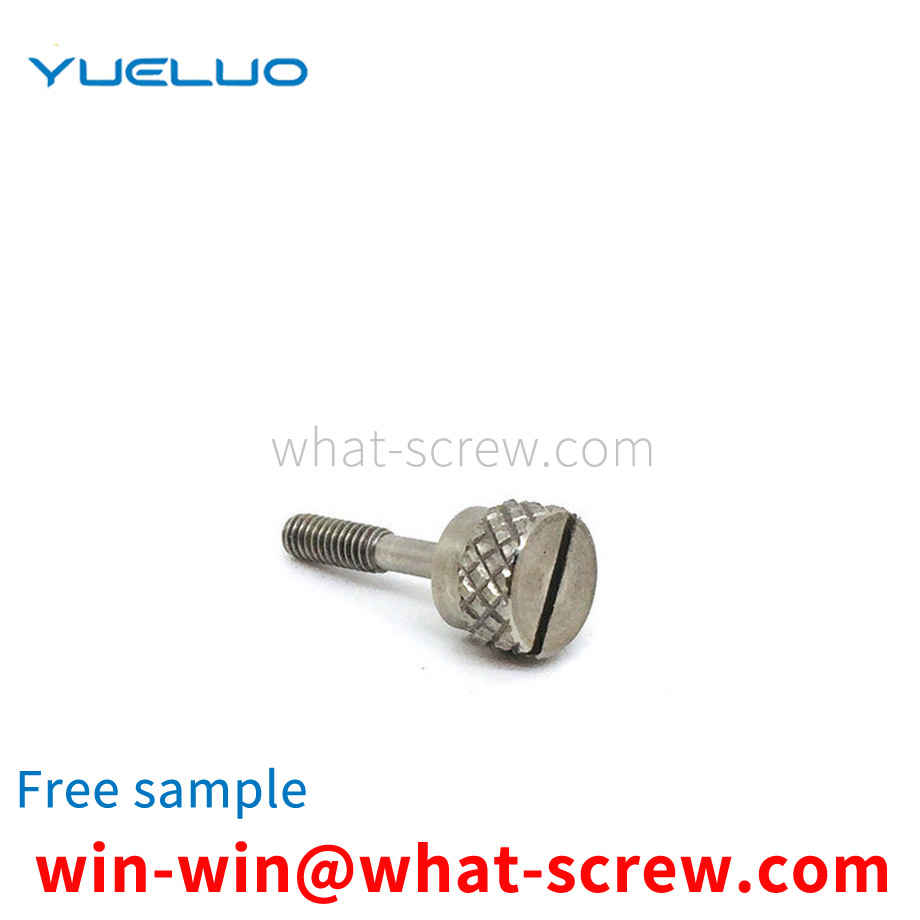
The above content is uploaded by Yueluo or the Internet. If there is any copyright issue, please contact [email protected].

What is the tolerance range of precision screws?

How to choose the right stainless steel screw manufacturer?

Why is there an R angle under the head of the hexagon head s...

We have more than ten years of experience in screw industry ...

We have more than ten years of experience in screw industry ...

We have more than ten years of experience in screw industry ...

We have more than ten years of production experience in the ...